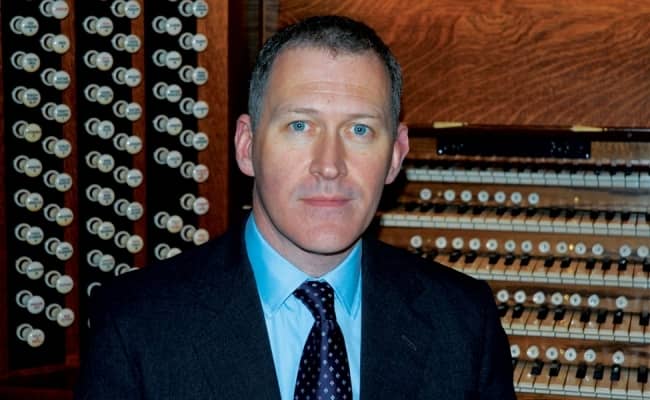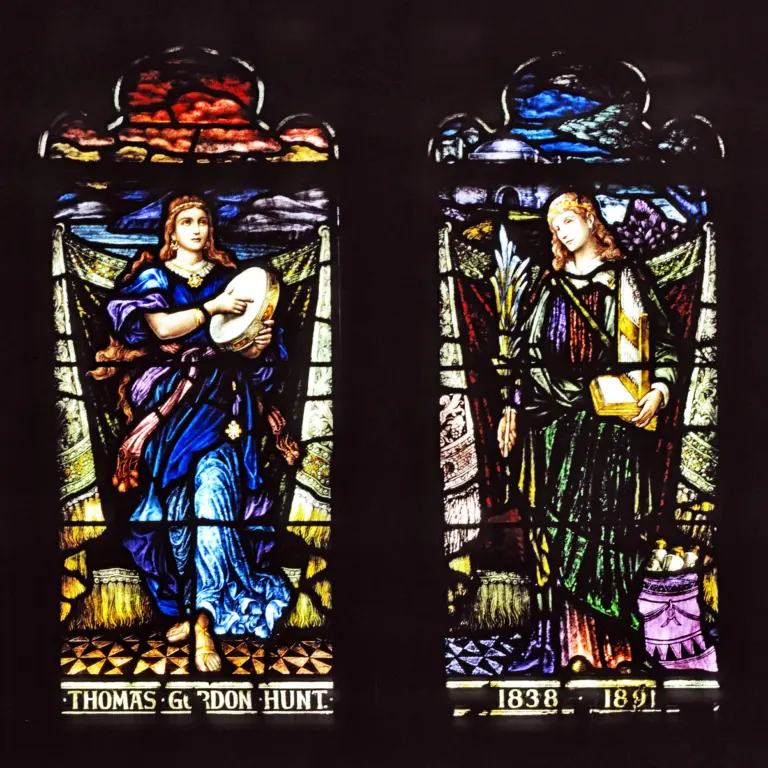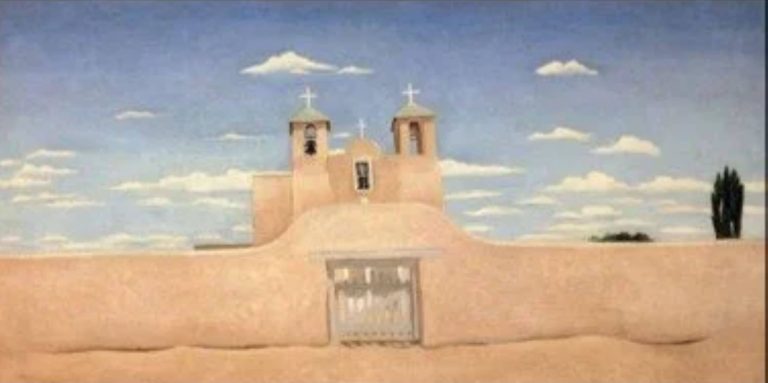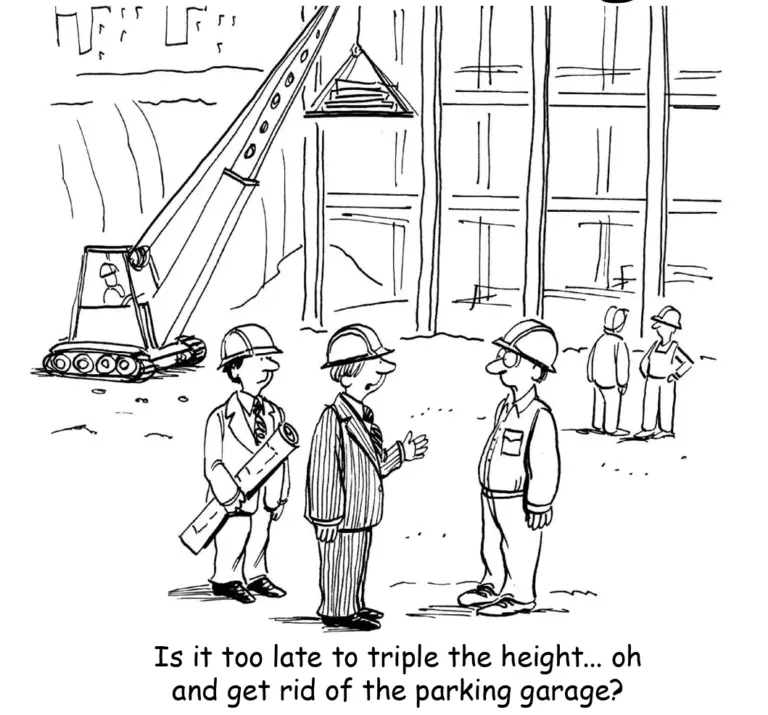
By Anne W. Semmes
For those organ music enthusiasts eager to learn more of the musical world of James O’Donnell we were able to reach O’Donnell just arriving from across the pond to ask him a few questions.
Q: Please comment on your music choices for your celebratory organ concert of Bach, Vierne, Stanford, Wammes, Durufle.
A: Constructing an interesting programme with a mix of music and a wide variety of the organ’s sounds and personalities is really important. J S Bach is the starting point for organ repertoire – the foundation and inspiration for almost all organ composers since. The ‘Dorian’ Toccata and Fugue is intended as a striking and somewhat formal start to the concert, providing a building block for the remainder of the programme to branch out from. Two shorter works by Vierne will explore the more poetic, impressionistic colours of the instrument. The Stanford is exciting, witty, Romantic and large-scale: Wammes (contemporary Dutch) is minimalistic, intimate, feather light. The Suite by Durufle is one of the great classics of the twentieth-century organ repertoire; dramatic, expressive, exciting, poignant, virtuosic, using the full resources of a large instrument.
Q: Have you performed before at an organ dedication concert?
A: I’ve been privileged to have been invited to do so a number of times and it’s always both an honour and a responsibility!
Q: Queen Elizabeth II’s Funeral service was quite a program for you to orchestrate at Westminster Abbey. Particularly moving was how you composed music for Psalm 139 for the entry of the Queen’s coffin into Westminster Hall. Can you speak to that?
A: The entrance of the coffin into the great space of Westminster Hall marked the first formal moment of the funeral ceremonies. Psalm 139 was specified as the text to accompany the procession. I wanted to write a chant that was direct, dignified, formal but also personal and affecting, and drew on some other funeral and memorial music – so you may sense echoes of the Russian Kontakion for the Dead, and of Croft and Purcell.
Q: So, you are moving to New Haven at Christmas. What drew you to this double position at Yale as Professor in the Yale School of Music and Yale Institute of Sacred Music?
A: My connection with Yale dates back to 2010 when I spent some weeks there on sabbatical, did some teaching, played an organ concert at Woolsey Hall and directed the Schola Cantorum in a project of sacred music. I was very struck by the ideas behind the Yale Institute of Sacred Music, the possibilities of multi- and inter-disciplinary study and conversation, and the setting of a great place of research, learning and teaching. It is a milieu that I find attractive and intriguing and which, I think, suits my own approach to my work. So, the opportunity of a professorial appointment was one that I was happy to explore: it could provide new ways of drawing on my career so far, my experience and my wider musical interests and a stimulating way of pulling the many strands of my musical and intellectual life together. After thirty-five years as a director of music in the extraordinary world of London Cathedral music I concluded, after a great deal of thought and discernment, that this was a good moment for a change of direction. And so, I hope it will be!
Q: You are said to be also leading a new vocal ensemble focused on choral liturgies. Can you explain your vision for that?
A: The vision is still developing and will continue to do so when the ensemble gets up and running next year. It will be a small group focusing on liturgical music, carefully studied and performed to high standard in liturgical contexts. I see it as being rooted not only in the Anglican tradition but also in the Roman Catholic and Lutheran, among others, and covering a wide range of music of all periods from the earliest to the most recent. I would like it to complement the many other excellent vocal groups at Yale, and to develop a distinctive identity, expertise and role. It must evolve and grow into its own space over time. It could be very exciting.




